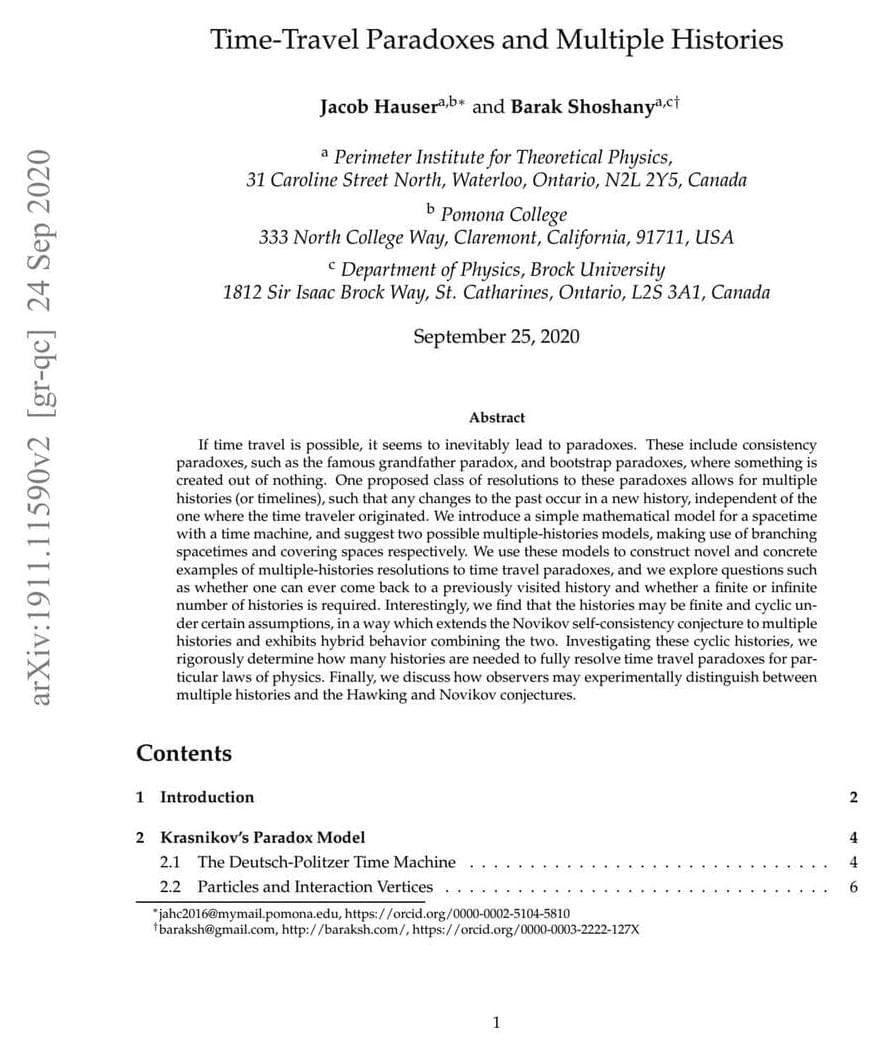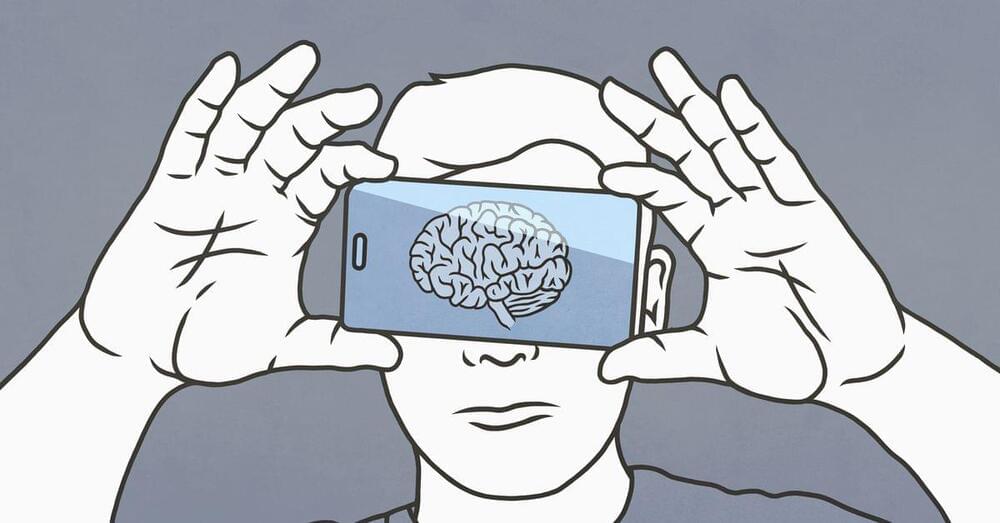Dropbox is a free service that lets you bring your photos, docs, and videos anywhere and share them easily. Never email yourself a file again!
Note: ChatGPT is coming to openai API soon, you can sign up in their waiting list. Here is a link for openAI’s ChatGPT API waitlist: https://share.hsforms.com/1u4goaXwDRKC9-x9IvKno0A4sk30
You might have already heard about ChatGPT, in case you haven’t, ChatGPT is a chatbot language model developed by OpenAI. It is a variant of the GPT-3 language model, specifically designed for conversational language generation.
The following definition is generate by ChatGPT (you can try it out at https://chat.openai.com/chat):
One of the most concerning outcomes following surgery and anesthesia among older adults is a condition known as postoperative cognitive dysfunction (POCD). Often, patients and their family members report feeling very fearful that the patient will suffer permanent cognitive deficits after anesthesia. Unfortunately, this pre-emptive fear may contribute to the complex array of symptoms associated with POCD and further complicate the ability to fully understand the subjective experience of this postoperative complication.
About the study
The current study published in the British Journal of Anesthesia involved the collection of data from the comments section of the published article titled ‘The hidden long-term risks of surgery.’ The comments were given an alphanumeric code to maintain chronological order and structure, while the username, submission date, and time were kept anonymous.
C3.ai Founder & CEO Tom Siebel joins Yahoo Finance Live to discuss company earnings, the buzz around ChatGPT, the ongoing AI hype cycle, and the outlook for the computer software company as tech grapples with AI adoption.
Video Transcript
JULIE HYMAN: C3.AI has been riding the huge buzz around artificial intelligence this year. The shares have gone up a lot and they’re still going up spurred by ChatGPT and the buzz around that. But the company does have a longer history.
Adamandeve.com Code: MIA 50% off 1 item + free shipping in the US and Canada. Some restrictions apply.
ChatGPT is changing the world, but what if the technology behind it can change the economy too?
Watch some of my other videos!
How To Pass As A Woman | Mia Mulder.
Why You Shouldn’t Be A Nationalist | Mia Mulder.
Anti-intellectualism: “Facts vs Feelings | Mia Mulder.
OpenAI Codex Live Demo
Posted in robotics/AI
OpenAI Codex is an AI that translates natural language to code.
0:00 — Introduction.
2:48 — Hello World.
13:08 — Building a game.
25:15 — Codex plugin for Microsoft Word.
The Neuroscience of Creativity, Perception, and Confirmation Bias.
Watch the newest video from Big Think: https://bigth.ink/NewVideo.
Join Big Think+ for exclusive videos: https://bigthink.com/plus/
To ensure your survival, your brain evolved to avoid one thing: uncertainty. As neuroscientist Beau Lotto points out, if your ancestors wondered for too long whether that noise was a predator or not, you wouldn’t be here right now. Our brains are geared to make fast assumptions, and questioning them in many cases quite literally equates to death. No wonder we’re so hardwired for confirmation bias. No wonder we’d rather stick to the status quo than risk the uncertainty of a better political model, a fairer financial system, or a healthier relationship pattern. But here’s the catch: as our brains evolved toward certainty, we simultaneously evolved away from creativity—that’s no coincidence; creativity starts with a question, with uncertainty, not with a cut and dried answer. To be creative, we have to unlearn millions of years of evolution. Creativity asks us to do that which is hardest: to question our assumptions, to doubt what we believe to be true. That is the only way to see differently. And if you think creativity is a chaotic and wild force, think again, says Beau Lotto. It just looks that way from the outside. The brain cannot make great leaps, it can only move linearly through mental possibilities. When a creative person forges a connection between two things that are, to your mind, so far apart, that’s a case of high-level logic. They have moved through steps that are invisible to you, perhaps because they are more open-minded and well-practiced in questioning their assumptions. Creativity, it seems, is another (highly sophisticated) form of logic. Beau Lotto is the author of Deviate: The Science of Seeing Differently.
BEAU LOTTO:
Beau Lotto is a professor of neuroscience, previously at University College London and now at the University of London, and a Visiting Scholar at New York University.
His work focuses on the biological, computational and psychological mechanisms of perception. He has conducted and presented research on human and bumblebee perception and behavior for more than 25 years, and his interest in education, business and the arts has led him into entrepreneurship and engaging the public with science.
In 2001, Beau founded the Lab of Misfits, a neuro-design studio that was resident for two years at London’s Science Museum and most recently at Viacom in New York. The lab’s experimental studio approach aims to deepen our understanding of human nature, advance personal and social well-being through research that places the public at the centre of the process of discovery, and create unique programmes of engagement that span the boundaries between people, disciplines and institutions. Originally from Seattle, with degrees from UC Berkeley and Edinburgh Medical School, he now lives in Oxford and New York.
A NASA-led research team used satellite imagery and artificial intelligence methods to map billions of discrete tree crowns down to a 50-cm scale. The images encompassed a large swath of arid northern Africa, from the Atlantic to the Red Sea. Allometric equations based on previous tree sampling allowed the researchers to convert imagery into estimates of tree wood, foliage, root size, and carbon sequestration.
The new NASA estimation, published in the journal Nature, was surprisingly low. While the typical estimation of a region’s carbon stock might rely on counting small areas and extrapolating results upwards, the NASA demonstrated technique only counts the trees that are actually there, down to the individual tree. Jules Bayala and Meine van Noordwijk published a News & Views article in the same journal commenting on the NASA team’s work.
The initial expectation of counting every scattered tree, in areas that previous models often represented by zero values, was erased by large overestimations in other areas of the earlier assessments. In previous attempts using satellites, cropland, and ground vegetation adversely affected optical images. If radar was used, topography, wetlands, and irrigated areas affected the radar backscatter, predicting higher carbon stocks than the current NASA estimations.
FULL AudioBook | GreatestAudioBooks | Science Fiction / Fantasy — Early victories by the USSR in a global nuclear war cause the United Nations government to retreat to the moon leaving behind troops and fierce autonomous robots called “Claws”, which reproduce and redesign themselves in unmanned subterranean factories. After six bloody years of conflict the Soviets call for an urgent conference and UN Major Joseph Hendricks sets out to meet them. Along the way he will discover what the Claws have been up to, and it isn’t good… — Second Variety was first published in the May 1953 edition of Space Science Fiction Magazine. (Summary by Gregg Margarite)
About the Author, Philip K. Dick:
Philip Kindred Dick (December 16, 1928 – March 2, 1982) was an American writer notable for publishing works of science fiction. Dick explored philosophical, social, and political themes in novels with plots dominated by monopolistic corporations, authoritarian governments, alternate universes, and altered states of consciousness. His work reflected his personal interest in metaphysics and theology, and often drew upon his life experiences in addressing the nature of reality, identity, drug abuse, schizophrenia, and transcendental experiences.
Born in Illinois before moving to California, Dick began publishing science fiction stories in the 1950s, initially finding little commercial success. His 1962 alternate history novel The Man in the High Castle earned Dick early acclaim, including a Hugo Award for Best Novel. He followed with science fiction novels such as Do Androids Dream of Electric Sheep? (1968) and Ubik (1969). His 1974 novel Flow My Tears, the Policeman Said won the John W. Campbell Memorial Award for best novel. Following a series of religious experiences in February–March 1974, Dick’s work engaged more explicitly with issues of theology, philosophy, and the nature of reality, as in such novels as A Scanner Darkly (1977) and VALIS (1981). A collection of his non-fiction writing on these themes was published posthumously as The Exegesis of Philip K. Dick (2011). He died in 1982 of a stroke, aged 53.
In addition to 44 published novels, Dick wrote approximately 121 short stories, most of which appeared in science fiction magazines during his lifetime. A variety of popular films based on his works have been produced, including Blade Runner (1982), Total Recall (1990), Minority Report (2002), A Scanner Darkly (2006), Paycheck (2003), Next (2007), and The Adjustment Bureau (2011). In 2005, Time magazine named Ubik one of the hundred greatest English-language novels published since 1923. [6] In 2007, Dick became the first science fiction writer to be included in The Library of America series. (Summary adapted from Wikipedia.org — Attribution: https://en.wikipedia.org/w/index.php?title=Philip_K._Dick&action=history)
► For FREE SPECIAL AUDIOBOOK OFFERS & MORE:
http://www.GreatestAudioBooks.com.
► Friend Us On FACEBOOK:









